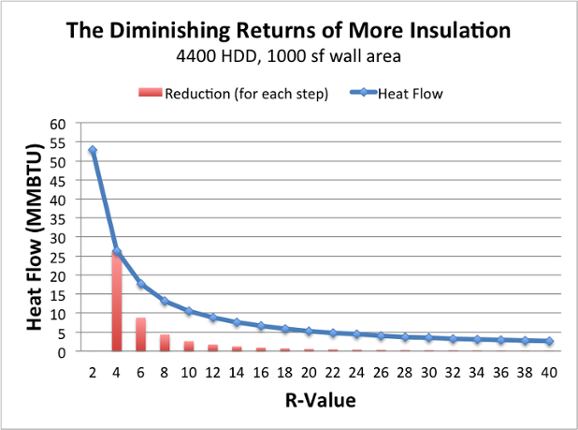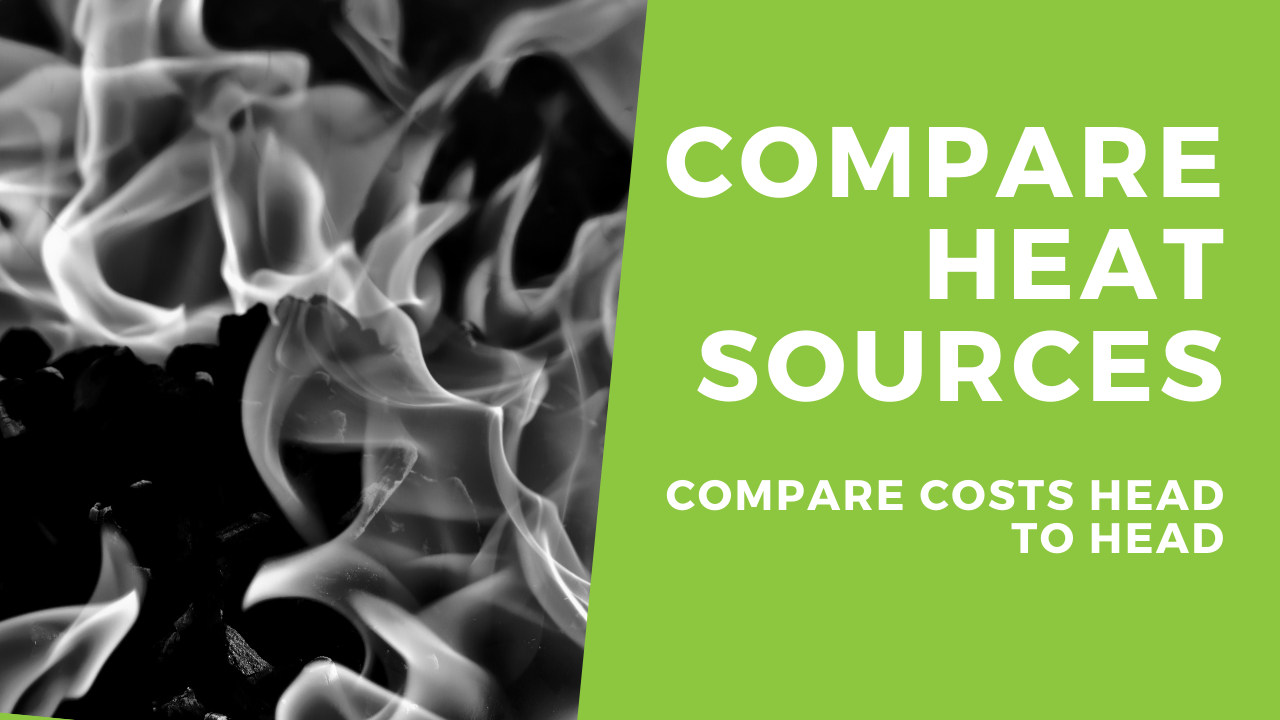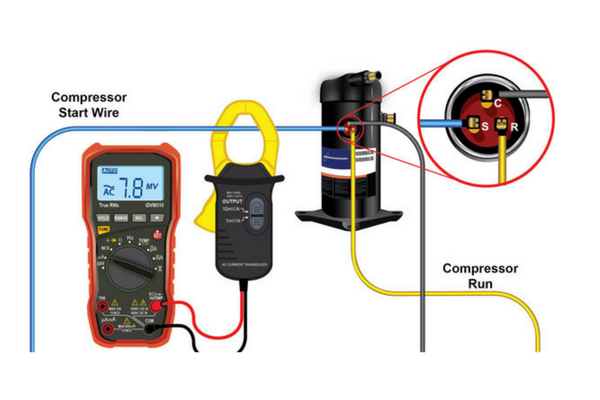Get Tech Tips
Subscribe to free tech tips.
First Law of Thermodynamics

The first law of thermodynamics is an extension of the law of energy conservation. The latter states that energy can be neither created nor destroyed but converts from one form to another. Thermodynamics is the study of heat’s relationship with mechanical work, and it establishes heat as a form of energy that can be neither created nor destroyed.
Unlike the energy conservation law, the first law of thermodynamics makes a distinction and a connection between mechanical energy and heat. It states that both are subject to the same laws of energy conservation.
That distinction between mechanical processes and heat is critical, as heat is not necessarily useful. The second law of thermodynamics covers the role of heat in greater detail, but the first law still requires us to understand that distinction.
The law’s mathematical basis
The first law of thermodynamics analyzes a variable called change of internal energy (ΔU), which is the difference between heat transferred into the system (Q) and work done by the system (W). The internal energy measures the amount of heat in a system that does not do work between phases of equilibrium, and the following equation can represent it:
ΔU = Q – W
When energy enters or leaves a system, not all of that energy performs work. Instead, it gets stored as heat. The equation above represents the internal energy as the amount of new heat stored in the system.
Suppose you add 50 Joules of heat to a system, and only 30 of those Joules perform useful work. In that case, the internal energy change is 20 Joules. Those 20 Joules are stored as heat, as they don’t perform any work but must still enter the system because they cannot be destroyed.
When do we see the first law of thermodynamics in HVAC/R?
The first law of thermodynamics helps us think about heat as it enters and leaves a system. It pushes us away from the mindset that we’re adding “cold” to buildings. We’re actually removing heat from those environments and adding it to the systems we install and maintain.
The A/C system evaporator coil is an excellent example of where we see the first law of thermodynamics in action. The refrigerant enters the coil as a liquid, and warm air passes over that coil. The refrigerant absorbs heat and removes it from the air, raising the refrigerant’s temperature to the boiling point in the process.

A good portion of heat from the environment enters the A/C system. Some of that causes the refrigerant to boil. However, not all of the heat performs that “latent” work. Some of the heat increases the gas molecules’ speed as it raises the overall gas temperature in the superheat phase. Both the latent boiling and sensible superheat contribute to the rise in internal energy that the first law of thermodynamics describes.
In the end, the heat that causes boiling and superheating has an origin, and A/C systems don't eliminate heat altogether. HVAC units merely convert the environmental heat to a different form of energy within their respective systems and move it somewhere else.
References
https://www.grc.nasa.gov/www/k-12/airplane/thermo1.html
https://www.livescience.com/50881-first-law-thermodynamics.html
Special thanks
Modern Refrigeration and Air Conditioning, 21st edition (Andrew Althouse, Carl Turnquist, Alfred Bracciano, Daniel Bracciano, and Gloria Bracciano)
Refrigeration & Air Conditioning Technology, 9th edition (Eugene Silberstein, Jason Obrzut, John Tomczyk, Bill Whitman, and Bill Johnson)
These truly are the reference guides for the industry and deserve attribution for all such articles.










Comments
To leave a comment, you need to log in.
Log In